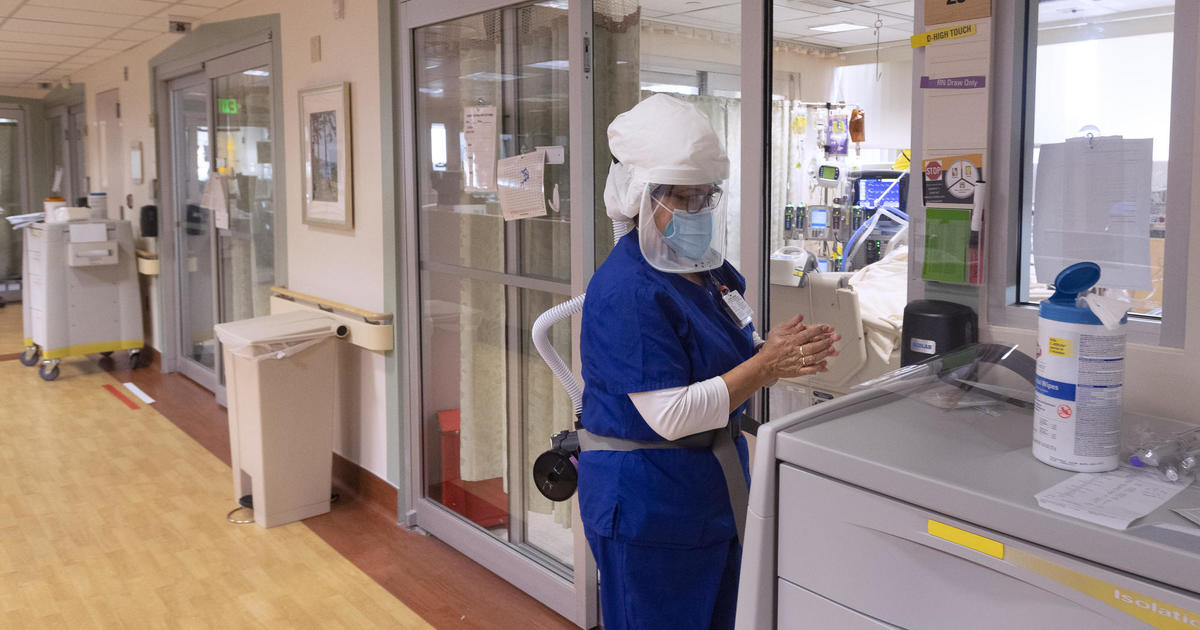
This is the deadliest year in US history, with deaths expected to exceed 3 million for the first time – mainly due coronavirus pandemic. Final mortality data for this year will not be available for months, but preliminary figures suggest the United States is on track to record more than 3.2 million deaths this year, or at least 400,000 more. than in 2019.
Deaths in the US increase most years, so an annual increase in the number of deaths is expected. But the 2020 figures jump to around 15% and could rise with all deaths this month.
This would mark the largest one-year percentage jump since 1918, when tens of thousands of American soldiers died in World War I and hundreds of thousands of Americans died in a flu pandemic. Deaths increased by 46% that year compared to 1917.
COVID-19 killed more than 319,000 Americans and counted. Before it appeared, there were reasons to be hopeful about US death trends.
The overall national mortality rate decreased slightly in 2019, due to the reduction in heart disease and cancer deaths. And life expectancy has risen – by a few weeks – for the second year in a row, according to death certificates released Tuesday by the Centers for Disease Control and Prevention.
But life expectancy for 2020 could drop to three full years, said Robert Anderson of the CDC.
The agency counted 2,854,838 deaths in the US last year, or nearly 16,000 more than in 2018. This is pretty good news: deaths usually increase by about 20,000 to 50,000 each year, mainly due to the aging and growing population of the nation.
Indeed, the age-adjusted death rate decreased by about 1% in 2019, and life expectancy increased by about six weeks to 78.8 years, the CDC reported.
“It’s actually been a pretty good year for mortality, as things go,” said Anderson, who oversees CDC death statistics.
The coronavirus epidemic in the US has been a major death factor this year, both directly and indirectly.
The virus was first identified in China last year, and the first cases in the United States were reported this year. But it has become the third leading cause of death, behind only heart disease and cancer. For certain periods of this year, COVID-19 was the killer no.
But other types of deaths have risen.
An explosion of cases of pneumonia earlier this year could have been deaths from COVID-19, which simply were not recognized as such at the beginning of the epidemic. But there were also an unexpected number of deaths caused by certain types of heart and circulatory disease, diabetes and dementia, Anderson said.
And many of these can be related to COVID. The virus could have weakened patients already experiencing these conditions or could have diminished the care they received, he said.
At the beginning of the epidemic, some were optimistic that deaths from car accidents would decrease as people stopped traveling or leading to social events. Data on this are not yet available, but anecdotal reports suggest that there has been no such decline.
Suicide deaths fell in 2019 compared to 2018, but early reports suggest they have not continued to decline this year, Anderson and others said.
Meanwhile, drug overdose deaths have worsened.
Before the coronavirus even arrived, the United States was in the midst of the deadliest drug overdose epidemic in its history.
Data for the whole of 2020 are not yet available. But the CDC reported last week that there were more than 81,000 drug overdose deaths in the 12 months ending May, making it the highest number ever recorded in a year.
Experts believe that the disruption of the pandemic to in-person treatment and recovery services could have been a factor. People are also more likely to take medication alone – without the benefit of a friend or family member who can call 911 or administer overdose-reversing medication.
But perhaps a bigger factor is the drugs themselves: COVID-19 has caused supply problems with dealers, so they are increasingly mixing cheap and deadly fentanyl with heroin, cocaine and methamphetamine, experts said.
“I don’t suspect there are a lot of new people who have suddenly started using drugs because of COVID. In any case, I think the supply to people who are already using drugs is more contaminated,” said Shannon Monnat, a researcher at Syracuse University who studies drug overdose trends.